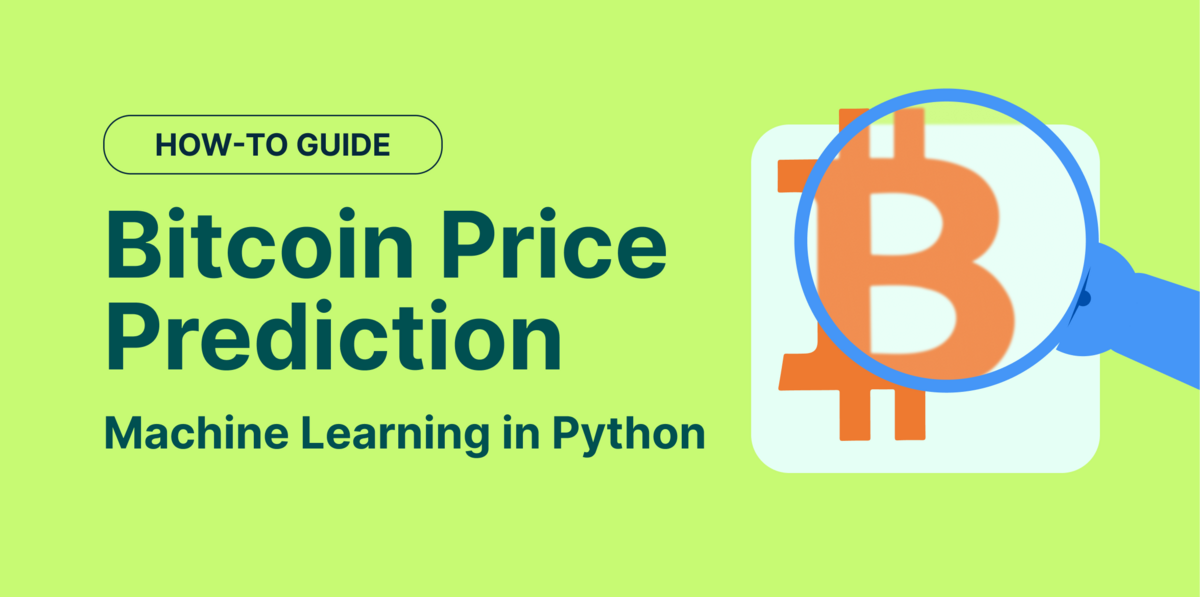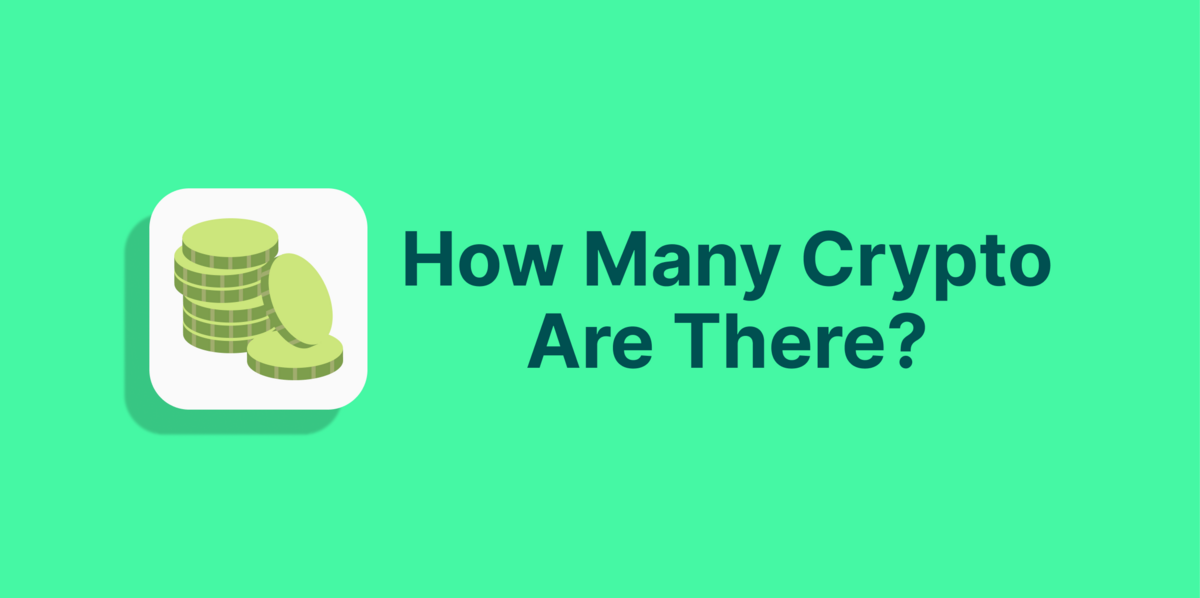There’s been a lot of hype around the term “metaverse” lately (thank you Facebook Meta). While the concept of metaverse may seem novel to most of us, the term actually dates back to 1992 when it was first coined by Neal Stephenson in his science fiction novel, Snow Crash. At its root, the term “metaverse” can be understood as a shared digital reality space that users can access from various devices.
For now, the definition of metaverse is just as abstract as its concept (more on this later). To explore more on the high-level basics of “What is a metaverse”, you can check out our YouTube video featuring GirlGoneCrypto here.
Metaverse - here all along?
While blockchain-based metaverse projects such as Decentraland, The Sandbox and Somnium Space have recently taken the cryptoverse by storm, non-blockchain metaverses have actually existed right under our noses for many years. Popular open-world massive multiplayer online role playing games (MMORPGs) such as MapleStory and Elder Scrolls Online (ESO) are some examples. These video games also offer a virtual environment for players to conduct various activities in a fantastical setting - from hunting monsters in a party to commodity trading, earning in-game currency, collaborating in missions, dating and more.
The main difference is that closed metaverses like MapleStory are typically not built on a blockchain, but instead store their data centrally. What this means is that MapleStory’s game server acts as the custodian of the in-game assets that you “own”. If this nostalgic piece of our childhood were to cease operations one day, so too would all of our hard-earned items, gold, levels, pets…
In broad terms, metaverse can be classified as one of two types - open or closed.

There is a fine-line between a game designed primarily for entertainment that consequently contains metaverse elements, and a virtual environment that is specifically fashioned to be a metaverse. While you may not mind losing some in-game items from a game that you haven’t logged in to for 10 years (some people definitely do!), if the metaverse is to ever become our second life, “true ownership” becomes a must. After all, can you truly call a place your home if you can’t even own pieces of it?
Why a decentralized open metaverse is needed
A centralized, non-blockchain platform gives moderators unbounded authority to alter everything, from in-world physics to features, data and more, essentially making them a “God” in the digital world. While this generally works well for your average games where good developers will regularly maintain the gameworld and balance out gameplay, this omnipotence isn’t something you want to put in the hands of a corporation for a digital world you live in. Yes, we may be getting slightly ahead of ourselves theorizing about a distant future of the metaverse, but it highlights the importance of decentralization and not giving absolute control to dictatorial “Gods”.
By utilizing blockchain technology, ownership of digital assets such as lands and buildings within the metaverse becomes immutable, decentralized, and permanent. Furthermore, their scarcity and authenticity are also now provable since all of the metadata will be available for inspection on a public ledger. Even the developers themselves will not be able to just create more lands out of thin air in any particular digital region. This essentially grants “true ownership” of the virtual objects to the metaverse denizens.

There are only 90,601 parcels of land in Decentraland, with each constituting 16m x 16m of virtual real estate represented by a set of unique cartesian coordinates.
As the state of the metaverse grows, expands and matures, we will need composable and interoperable digital assets that you can bring along across the virtual worlds. Imagine buying the same set of clothes for your avatar AGAIN just because you’re visiting another metaverse! What about your favourite virtual pet? Since closed metaverses like MapleStory have their game data held centrally in silo servers, the same digital assets cannot be transferred for use in another game like Elder Scrolls Online for example.
With blockchain, the same avatar and virtual items can possibly be bridged and re-used across open metaverses such as Somnium Space and Decentraland. Interoperability of decentralized metaverses is one of their main strengths, allowing users to genuinely own virtual assets that they can bring along in their digital journeys.
Decentralization is the first of many steps in establishing the metaverse to become more than just an elaborate game, but rather the next instance of the world wide web where the community comes together to build an inhabitable, virtual world. Even Mark Zuckerberg, in his announcement rebranding Facebook to Meta,echoed the sentiments that interoperability will be a crucial feature for the metaverses of the future.
The current state of the metaverse and who’s building it

Pak’s take on the Metaverse
A lot has been said about the metaverse, but where are we in terms of building it out?
Today’s metaverses are already available in many forms - virtual reality, augmented reality, MMORPG, 2D pixelated world, etc. There’s also an argument to be made that social media platforms such as Facebook and Twitter are a primitive form of metaverse. In fact, there is even a popular theory that posits that the metaverse isn’t a “what” or “where”, but rather “when”:

Shaan Puri’s theory on the metaverse as a time
But the truth is there isn’t one consensual definition or standard for what constitutes a metaverse yet. In any case, the current metaverses seem poised for the next quantum leap.
The metaverses of today are commonly accessed via screens on devices such as desktops, laptops, consoles, phones, and tablets. Granted, some of the digital worlds or games already have stunning visuals and graphics, but traversing the metaverse while staring at a screen still falls short of the immersion level we envision.
Allowing users to experience an ultra-realistic metaverse directly through the eyes of their digital vessel, with haptic feedback when they interact with the virtual world, will foster a stronger mind-body connection which will greatly improve immersiveness. For this to happen, massive improvements in both hardware and software will be necessary. In the former’s case, significant improvements in our hardware and infrastructure will be needed to power a persistent virtual world - one that demands more computing power, data storage and networking capability than our current technology can fulfill. From a software perspective, the right development kits, framework, tools etc. to establish ultra-realistic graphics and a full sensory experience are also just work-in-progress at best, especially when it comes to haptic feedback.
Fortunately, with tech titans like Meta, Epic Games, Nvidia, and Microsoft coming onboard to build the metaverse, its development can now be accelerated. In addition to VR headsets, Meta already has an early, working-version of haptic gloves that are responsive enough to handle a virtual game of Jenga - a game that demands utmost precision even in reality. Nvidia has also released early chips and toolsets to create and build out rich 3D metaverse assets. On the decentralized side, projects such as Somnium Space are also investing in hardware, such as strategic investments in VRgineers headsets and haptic Teslasuit.

The Coca-Cola Bubble Jacket NFT
And it’s not just tech companies that are taking the plunge into the metaverse, fashion brands such as Louis Vuitton, Burberry and Nike have too dipped their toes into the virtual world. Even Coca-Cola recently experimented with its very first limited-edition NFT collectibles, including a 1/1 Decentraland wearable. Unlike physical products, digital ones aren’t limited by the physics of our world, which opens up the possibilities for artists and designers to express their creativity.
Remember, the development of the metaverse isn’t solely limited to technological advancements. The success of the metaverse greatly hinges upon us building a thriving virtual world - one that has to be participated by the masses and not just a small selective group of people. This could be the start of a brand new world, and the more people participate in the building of it, the more diverse and inclusive it will be. However driving adoption is a long process, and will probably require a strong paradigm shift just like with the adoption of the internet. It didn’t necessarily come fast or easy. To accelerate this, developers need to build out “killer apps” which can showcase the power and potential of the masses in order to attract participation, while big brands and celebrities jumping in will also greatly help in educating and spreading awareness.
Then and only then, we can even start entertaining the idea of establishing the metaverse as an alternate (digital) reality to our physical one.
Is metaverse the next big thing?
The metaverse is still very much in its infancy, but already we are witnessing signs of a bustling society, where users can engage in a wide range of activities. Metaverses such as Decentraland and Somnium Space for instance have already enabled users to purchase land, construct properties, organize parties and concerts, race cars, rear dragons and more.

Prominent auction house Sotheby’s has even established an art gallery in Decentraland’s Voltaire Art district, a virtual recreation of its London headquarters. Nestled in the Vegas City district is a casino (i.e. Tominoya Casino) that employs real people as casino greeters to offer a dose of human touch to its virtual space.
It isn’t a surprise that most mega corporations merely treat the metaverse or NFTs as a marketing opportunity today. However as the metaverses evolve, it will certainly be interesting to see how the virtual world becomes more and more ingrained in their business as it rises in prominence. For example, Kucoin, one of the largest global cryptocurrency exchanges, has already announced the opening of a meta office in the Bloktopia metaverse. Imagine working-in-the-office-from-home (just think about it for a second)! There are also interesting possibilities for retail, where you could buy a virtual asset in the metaverse, and have a physical version delivered to you in the real world, similar to what Tom Sachs Rocket Factory had done.
Slowly but surely, we are inching towards a future where our digital life becomes just as, or even more important than our physical one.
This begs the question - is this what we want?
Thoughts on the metaverse
A large appeal of the metaverse lies in the possibility that we can be whomever we want to be - a man, a woman, a genderless humanoid, a furry ewok… the only limit is your imagination. There’s an optimistic view that virtual reality can finally offer a “true” mind-body connection, unshackling the limits of our biological body and the physics of our world. Or the reverse could also be true, where psychological disorders such as body dysmorphia could be exacerbated since digital avatars (especially customizable, ultra realistic ones) could perpetuate unrealistic body standards.
Does it matter if our virtual avatars don’t look or sound like who we are in the real world? Do we all just degenerate into trolls?
When humans start to resonate more with their virtual avatars and digital identities, will this also come at the cost of long-standing traditions and cultures as we create new ones in the virtual world? Or will the metaverse allow us to better celebrate and share our history? You could imagine that in time, we could virtually recreate historical wonders, even the ones that we have lost such as the Hanging Gardens of Babylon, or even Jurassic Park.
Then there’s also the argument that advancing the metaverse will launch us down the path of a dystopian future, much like the ones featured in Ready Player One or The Matrix. Then again, the metaverse, even the dystopian ones, could offer a respite from our physical reality. Is blissful ignorance so bad when our “true” reality has so many suffering from problems such as poverty, diseases, depression, injustice, discrimination and more? After all, the senses and emotions that you experience in the fabricated world of the metaverse will still be genuine.

The Matrix - Red pill or blue pill?
The counterpoint to this of course, is that all of this is just one big elaborate form of escapism that sidesteps the issues of our real world. Despite talks of the metaverse being a potential alternate reality, a digital reality’s existence is still dependent on the physical one. Without Earth, there would be no metaverse. Unless space travel is invented and we manage to discover other inhabitable planets, Earth is really the only physical place we can be, one that we need to preserve if we are to survive - both digitally and physically.
When it comes to the metaverse, virtual reality is just one version of it. There are some arguments to be made that an augmented reality (AR) metaverse - one that aims to only digitally enhance the physical world - will be a better alternative to a fully virtual one (think Pokemon Go but with outdoor-capable AR glasses). Instead of being cooped up in a virtual pod, humans will instead be spurred to move and interact within a physical space. Rather than manufacturing human experiences, an AR metaverse will help make them better within the real world.

A virtual ping-pong match between a player with AR glasses (girl, right) and an avatar of another human player (male, left) taking place in the real world
Source: Facebook’s Connect 2021
There’s also the likelihood that we might end with a hybrid-metaverse that is a fusion of both VR and AR.
So which is the best? That’s for you to decide.
Closing remarks
The metaverse is still very early in its development, with its future still being a murky unknown. There needs to be massive improvements in numerous areas before we can reach mass-adoption of an ultra-immersive metaverse like that of Ready Player One’s.
Regardless of how you might feel about it, the metaverse seems poised to be the next evolution of the internet as we know it - the question is when, how, and in what form. Before that happens, it’s best that we prepare ourselves for it, and what better way to do this than diving straight right into the metaverse itself? Even now in their early stages, metaverses such as Decentraland, Somnium Space, The Sandbox, Bloktopia are already packed with interesting features and places for us to explore. If you’re ready to explore the metaverse, you can give our virtual headquarters in Decentraland a visit as well. Learning the metaverse now is reminiscent of navigating the internet back in the 90s, skills that will come useful in the (hopefully) near future.

Dillon is an Operations Associate at CoinGecko with a weakness for 3-digit APYs. As an ex-consultant, he now finds joy in laughing at consulting memes unironically.









 Or check it out in the app stores
Or check it out in the app stores